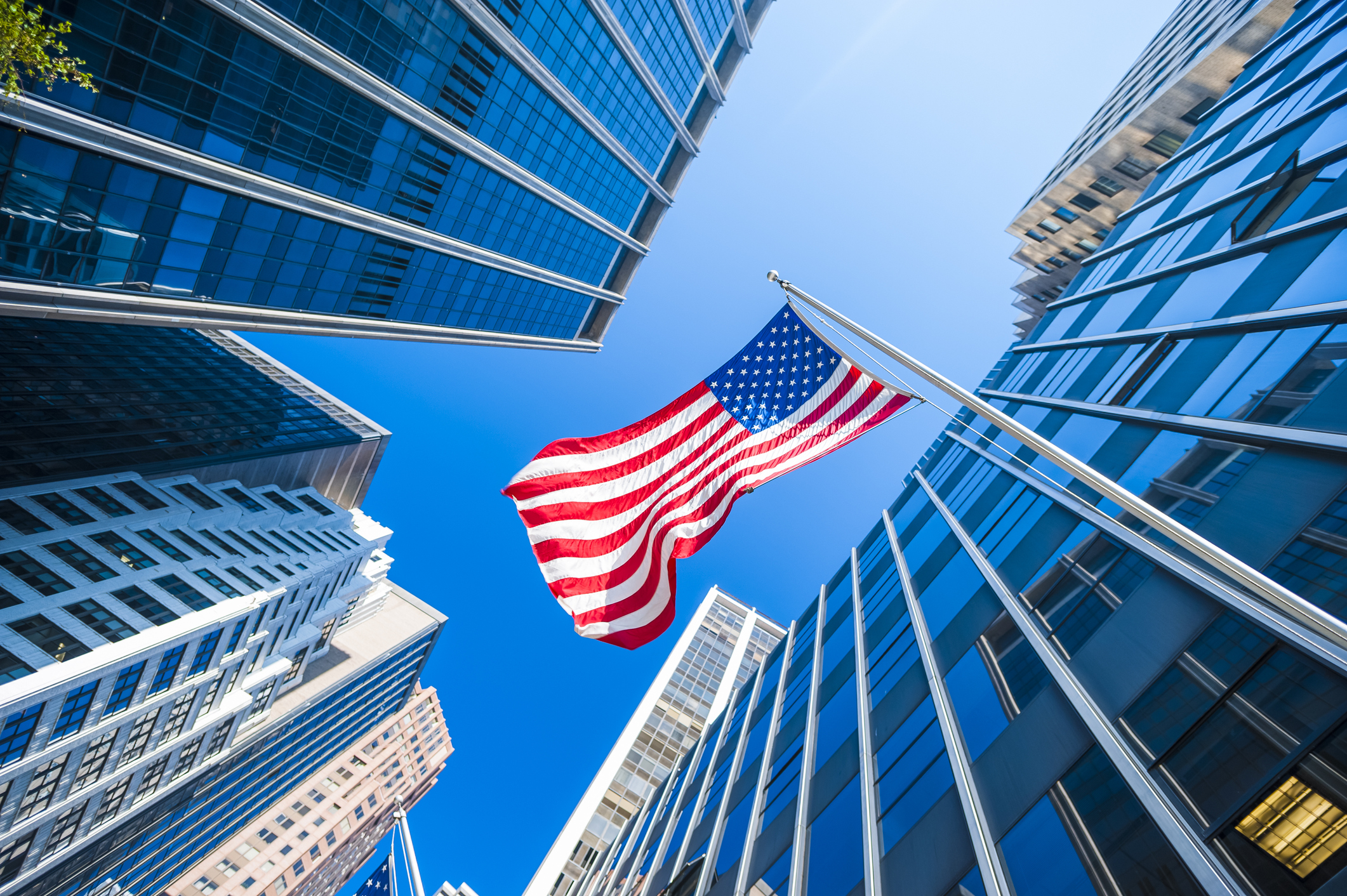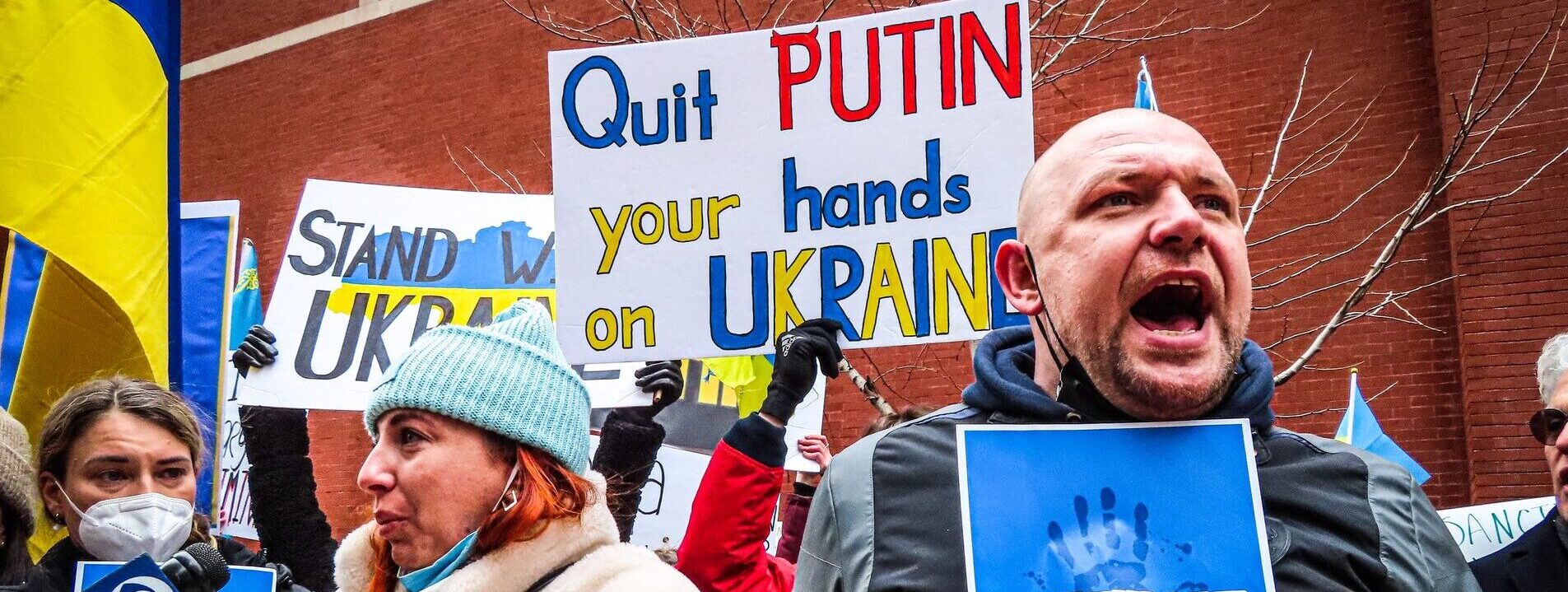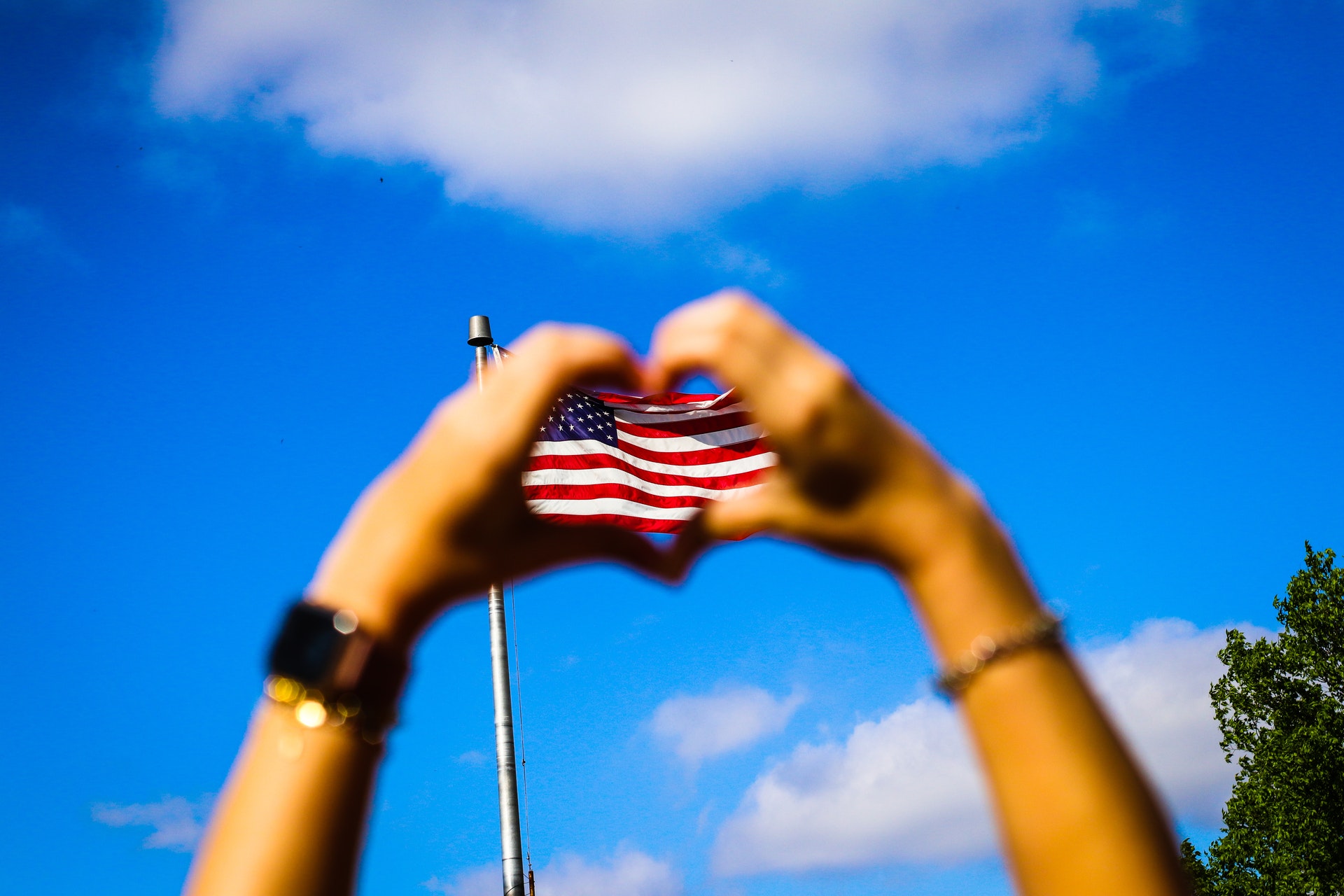Category: Articles

THE PILLARS PROJECT: The Faith Community
*This article was written by former Director of Applied Research Jonathan Pinckney. Why should faith communities care about authoritarianism? A flourishing democracy is one of the strongest protections for the...

THE PILLARS PROJECT: The Business Community
*This article was written by former Director of Applied Research Jonathan Pinckney. Why should business leaders care about authoritarianism? There is a long-standing recognition among many American business leaders that...

How Can Funders Support Pro-democracy Movements?
*This article was written by Chief Network Weaver Julia Roig and was first published on Alliance Magazine. As the United States celebrates Martin Luther King Jr. Day on 16 January, it...

Dr. Martin Luther King Jr.’s Multiple Lanes to Multiracial Democracy
*This article was written by Chief Organizer Maria J. Stephan and was first published on Waging Nonviolence. King understood that no single approach would be sufficient to combat the interconnected evils...

How to rise above partisan politics to uphold our democracy
Recent polls have revealed that “threats to democracy” are a top priority for many of us living in the United States. On the one hand, this is good news. Acknowledging the...

Building A United Front
*This article was written by former Director of Applied Research Jonathan Pinckney. The scope of the challenges of democracy in the United States are vast. For a movement to protect...

Violence and the Backfire Effect
*This article was written by former Director of Applied Research Jonathan Pinckney. Any movement that seeks to stand up against powerful opposition and advocate on important political issues must be...

For US Independence Day, January 6th Hearings Reveal Authoritarianism’s Achilles Heel
*This article was written by Chief Organizer Maria J. Stephan and was first published on Just Security. The January 6th hearings have exposed a fundamental truth about authoritarianism: that it ultimately...

It’s time to take inspiration from Ukraine and double down on global democratic solidarity
*This article was written by Chief Organizer Maria J. Stephan and was first published on Waging Nonviolence. As courageous Ukrainians and Russian antiwar protesters resist Putin’s brutal war, we can...

America’s Democracy Moment
*This article was written by Chief Organizer Maria J. Stephan and was first published on Just Security. As Americans prepare to celebrate Independence Day on July 4th, it is crucial...
